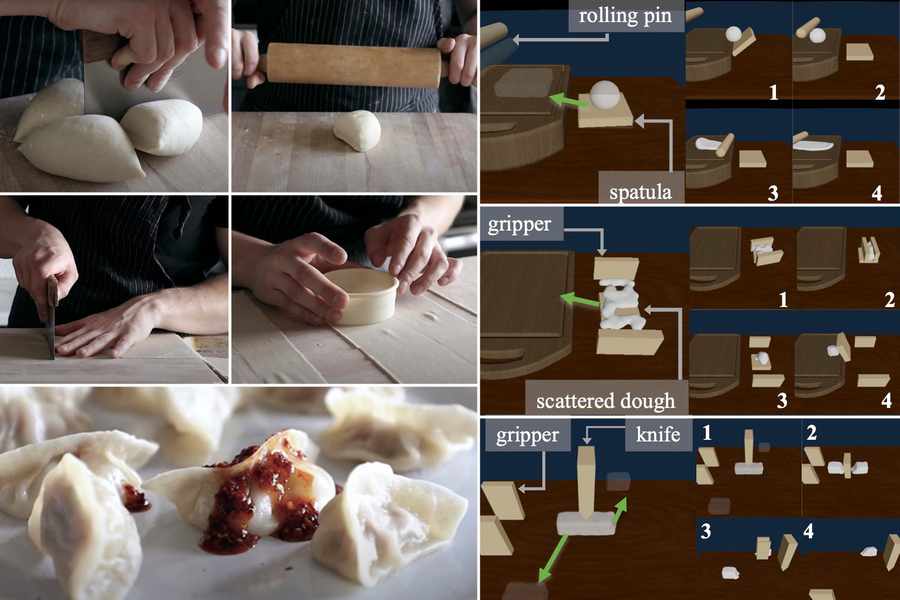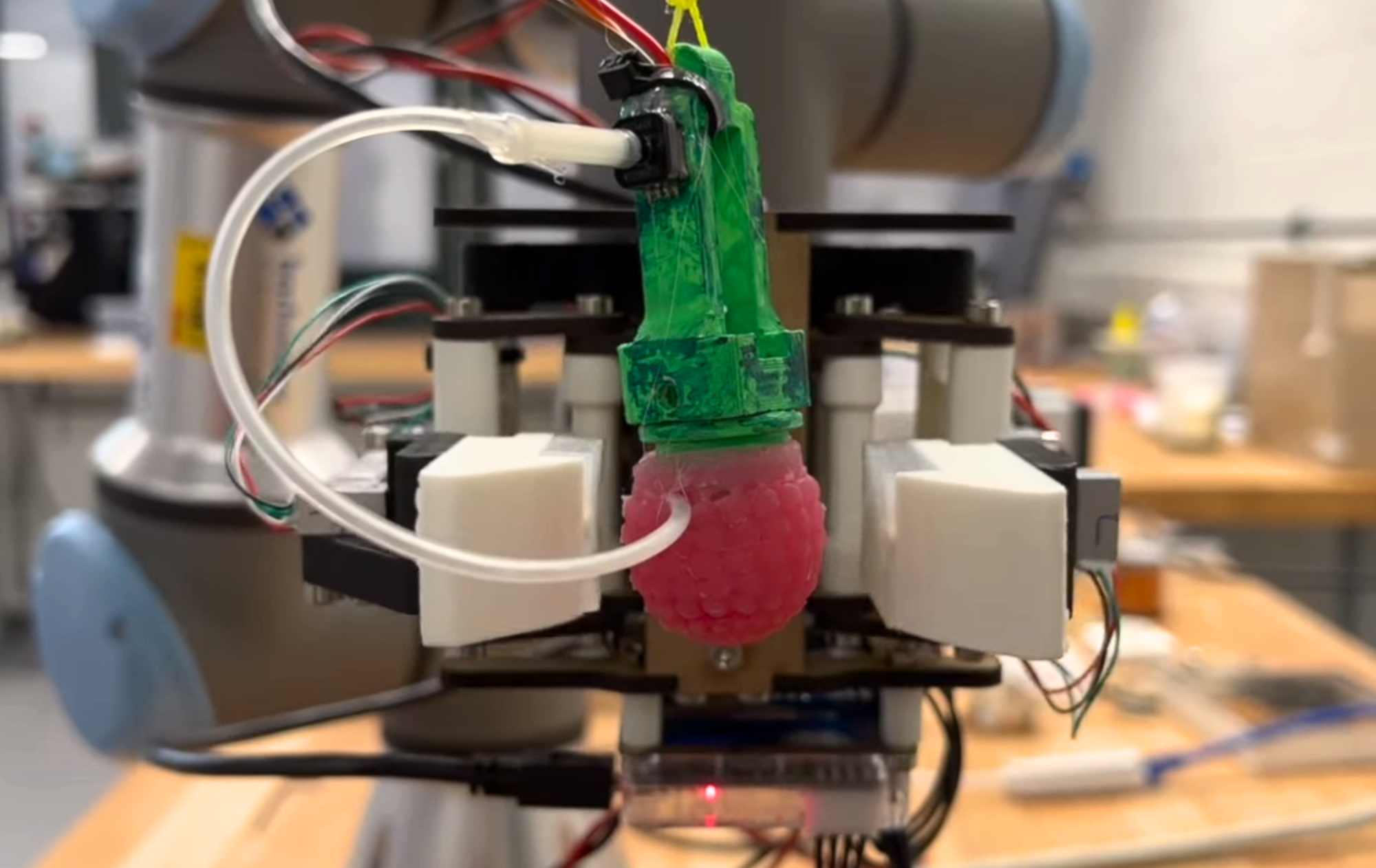I last spoke with Bill Peduto over the summer. It was an exit interview of sorts, closing out eight years serving as Pittsburgh’s mayor. This week, Carnegie Mellon University (CMU) announced that the politician has joined the Heinz College of Information Systems and Public Policy as a Distinguished Executive in Residence. He’ll serve as lecturer and help teach a “mini course” at the university.
The Pittsburgh he leaves behind as mayor is dramatically different than the depressed Rust Belt city many envision from the turn of the millennium. It’s a place whose economic transformation into a technology and medical hub has been propped up by a pair of universities (CMU and University of Pittsburgh) and the UPMC healthcare system.
We’re kicking off this week’s newsletter by catching up with Peduto and discussing how robotics, automation and AI can help shape the cities of the future.

Image Credits: Thurner Photography
How have the last few months been treating you?
January was sort of a blur. February, I started to put together the S-Corporation. That was throwing money at attorneys and tax accountants and getting the proposals written and going through. March, I started doing some of the work on that, and then waiting to hear back from CMU. It’s been transitional. That’s the best way to put it.
We’ve seen a tremendous economic turnaround in Pittsburgh. How important a role has having two major world-class universities played in the process?
I think it was Senator Moynihan that said it: If you want to build a world-class city, create a university 100 years ago. It is absolutely the reason that Pittsburgh was able to come back the way it did, between the universities and the hospitals. In the aftermath of the depression in the 80s and the 90s, they took the place of the institutional heavy industries and were able to become both the economic rudder and engine. They created around innovation brand new industries that not only took the place and the number of people who were employed within those industries, but also, by creating within those new industries, were able to put Pittsburgh back on the global stage.
One of the policies you implemented was allowing Uber to pilot autonomous cars on the streets of Pittsburgh. What role have deals like that played in your plans?
2007, 2008 is when I first got to meet and really start to work with Red Whittaker. It was prior to him winning the DARPA Challenge, and around that same time, within my council district, CMU was utilizing in a very defined area the vehicles on the city streets. They were also down in Hazelwood on tracks, as well. If I hadn’t known, hadn’t worked with and hadn’t felt that comfort level, I would’ve never allowed Uber onto the streets of Pittsburgh in 2015 and Pittsburgh wouldn’t have been the first city having driverless cars on their streets. That would have meant we would not have seen the several billions of dollars in investments and the employment of 5,000 people in building a whole industry here.
Specifically what role do you see automation and robotics playing in the future of cities?
Within Pittsburgh, it’s the autonomous of everything. It’s not simply robotics in vehicles, transportation or utilization in warehousing. It’s the autonomous of almost anything you can think of. It is how it works within the future of cross-sectionality. How robotics works with medicine, different types of technology and different emerging fields. What I do believe is that cities like Pittsburgh that are small and are in these emerging fields have the opportunity to meet and talk and share what they’re doing. I believe that’s where we have the ability to see new industries blossom.
Do you see robotics and automation helping to move bring back domestic manufacturing?
I see it being a catalyst for not only automation and robotics, but artificial intelligence, as well. I see these companies that have not been upgraded for 60 years — or even more — Callahan in Tommy Boy. Those types of companies are the critical company of a town and finding the right investors that are willing to say, ‘this company needs to stay, because it sustains this community.’ And partnering with the universities that are willing to say, ‘we can provide the technology to be able to upgrade’ and partnering with the federal government’s programs that have come through the Biden administration in providing AI, robotics and automation to be able to assure another 100 years that that company will be able to continue to produce.
Just as TechCrunch is doing its Austin City Spotlight (I wrote a bit on manufacturing over here), there’s a lot of activity over the skies of the Dallas/Fort Worth metroplex. Last week Flytrex announced it was coming to Granbury, Texas, and now Wing has begun serving up drone deliveries in nearby Frisco and Little Elm. The Alphabet company will be delivering health goods from Walgreens, along with Texas Health first aid kits and ice cream from Blue Bell, promising the latter won’t melt on the way.

Image Credits: Wing
The new addition is Wing’s second U.S. market and fifth overall, joining Christiansburg, Virginia; Helsinki, Finland; and Canberra and Logan, Australia. Availability is limited at launch and set to expand out to more customers in the future. Progress in the world of drone delivery has been something of a mixed bag in recent years, though Wing is arguably making the most steady progress, one moderate market at a time.
There’s some interesting recent news worth highlighting over at MIT in the world of accessibility and elder care robots. A CSAIL team is working on a system that utilizes a robotic arm to help people get dressed. The issue is one of robotic vision — specifically finding a method to give the system a better view of the human arm it’s working to dress.
A new paper details the team’s work with a “state estimation algorithm,” which helps the robot predict the position and angle of the human arm during the process. “If the arm is straight, then the robot will follow a straight line; if the arm is bent, the robot will have to curve around the elbow.” Honda Research Institute Europe’s Michael Gienger says in a release: “If the elbow estimation is wrong, the robot could decide on a motion that would create an excessive, and unsafe, force.”

Image Credits: MIT CSAIL
CSAIL also joined forces with MIT, CMU and UC San Diego to develop “complex dough-manipulation,” my new favorite phrase in the English language. The new system, known as DiffSkill, algorithmically teaches a robot how to work with pizza dough in a simulation. The schools add:
Then, it trains a “student” machine-learning model that learns abstract ideas about when and how to execute each skill it needs during the task, like using a rolling pin. With this knowledge, the system reasons about how to execute the skills to complete the entire task.
Devin, meanwhile, wrote about a team at EPFL in Switzerland that is working on the very ginger process of picking raspberries. As much as I love a good strawberry, it’s nice seeing some of its other berry brethren get some love from robotics researchers.

Image Credits: EPFL
“It’s an exciting dilemma for us as robotics engineers,” said professor Josie Hughes of the project. “The raspberry harvesting season is so short, and the fruit is so valuable, that wasting them simply isn’t an option. What’s more, the cost and logistical challenges of testing different options out in the field are prohibitive. That’s why we decided to run our tests in the lab and develop a replica raspberry for training harvesting robots.”
Speaking of cold robotic arms interacting with famously fragile fruit, here is a team of Japanese researchers working on a system that can peel bananas. It’s sort of the antithesis of the robot that can put jackets on people, with an even more easily bruised subject. The system uses imitation learning, trained for around 13 hours, for a success rate of around 57%. So, a ways to go before anyone’s banana-peeling jobs are in any real danger.
Lastly, ticket sales are open for our Robotics event in July. We’ve been programming it for a few months now, and it’s seriously killing me that I can’t tell you about the folks we have lined up. It’s easily going to be our best yet.

Image Credits: Bryce Durbin/TechCrunch
Tickets are always open (and free) for Actuator.
from TechCrunch https://ift.tt/sEZegdl
via Tech Geeky Hub


No comments:
Post a Comment